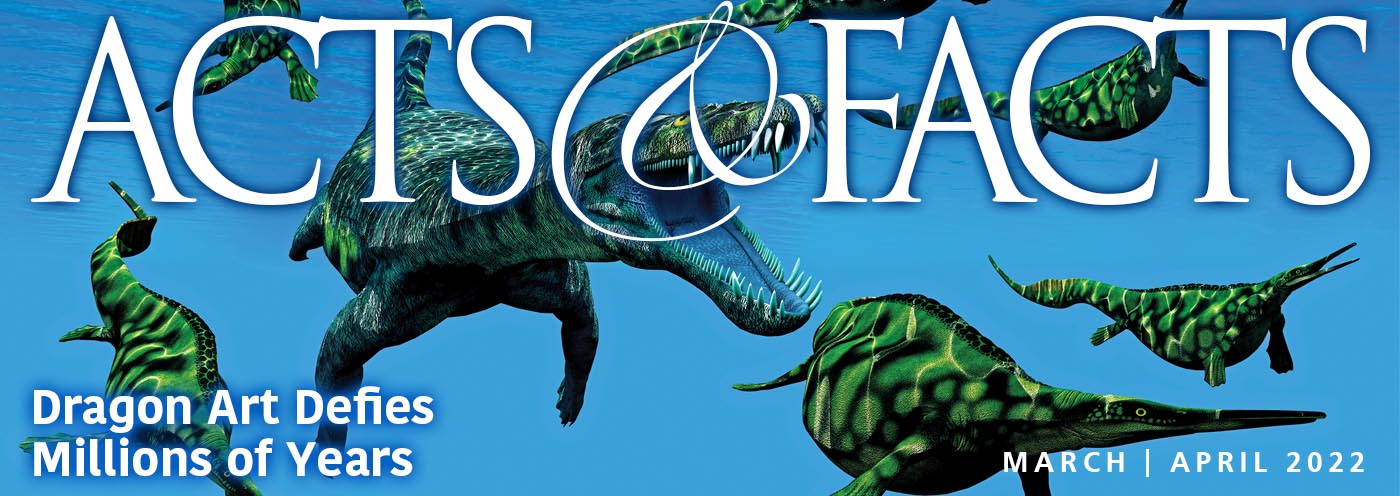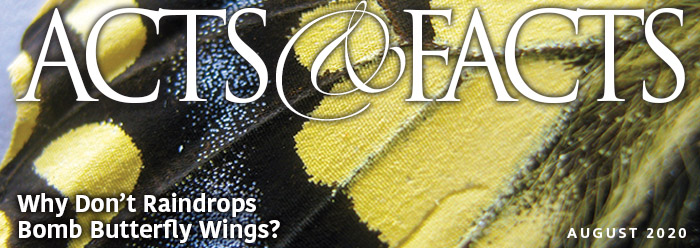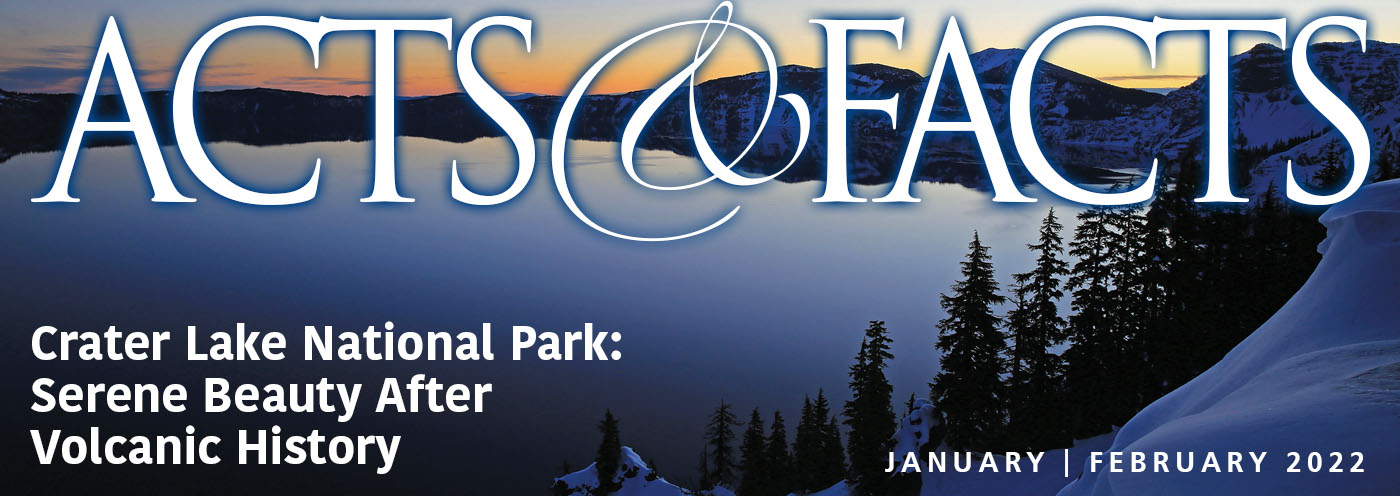There are a host of scientific problems with evolution. One egregious difficulty is an untestable proposition that people (and primates) evolved from an unknown common ancestor from an unknown time ago. As one evolutionist said, “When you look at the narrative for hominin [bipedal apes, including modern humans] origins, it’s just a big mess—there’s no consensus whatsoever.”1
In addition, the evolutionary origin of the unique ability of human speech and language remains totally unresolved.2 There are only ideas and theories about when and how speech evolved. In 2020, five evolutionists asked, “When did speech evolve? Many animals, including chimpanzees, can produce sounds, but they are not comparable to the complexity of human language.”3
Undeterred, evolutionists expect to find part of the answer by observing “gestures that wild chimps and bonobos use to communicate,”4 since they allegedly share a common ancestor with us. But interpreting ape gestures is necessarily subjective, especially if the volunteers doing the translating are evolutionists. Recently, a video-based study using human volunteers was conducted to translate ape gestures.
That study was carried out by researchers at St Andrews University. It suggests the last common ancestor we shared with chimps used similar gestures, and that these may have been a "starting point" for our language.4 (Emphasis added.)
The evolutionists tested the following:
human recognition and understanding of 10 of the most frequently used ape gestures. [They] crowdsourced data from 5,656 participants through an online game, which required them to select the meaning of chimpanzee and bonobo gestures in 20 videos. [They showed] that humans may retain an understanding of ape gestural communication (either directly inherited or part of more general cognition), across gesture types and gesture meanings, with information on communicative context providing only a marginal improvement in success.5
Dr. Kirsty Graham from St. Andrews said, "So we already had a suspicion that [human infants using some of the same gestures] was a shared gesturing ability that might have been present in our last shared ancestor. We're quite confident now that our ancestors would have started off gesturing, and that this was co-opted into [our] language."4 (Emphasis added.)
Graham and Hobaiter then ask, “Where did the ape gestures go in human communication?”5 The answer is they went nowhere. Ape gestures remain with the apes. They use nonhuman communication (gestures) because they can’t speak in the articulate, sophisticated languages designed specifically for humans . Mankind uses both speech and gestures. Some of the gestures that people have in common with apes are merely coincidental. Regardless,
cognitive access to an ancestral system of gestures appears to have been retained after our divergence from other apes, drawing deep evolutionary continuity between their communication and our own.5 (Emphasis added.)
How exactly does one go about gaining mental or cerebral access? Just because apes use gestures, does that mean such motions are ancestral (i.e. from an evolutionary past)? Furthermore, there is no credible evidence that people have diverged from apes or from a common ancestor with apes. People have always been people, and apes have always been apes.6
The study is awash with guesswork and supposition, based in part on belief in a last common ancestor between apes and humans that will never be found. Why will it never be found? Because we were uniquely made in the image of our Creator.
References
1. Review: Studying Fossil Apes Key to Human Evolution Research. American Museum of Natural History. Posted on amnh.org May 6, 2021, accessed January 26, 2023.
2. Sherwin, F. God’s Gift of Speech. Creation Science Update. Posted on ICR.org September 8, 2022, accessed January 26, 2023.
3. Hickman, C. et al. 2020. Integrated Principles of Zoology. 18th edition, McGraw Hill, 642.
4. Gill, V. Humans and wild apes share common language. BBC. Posted on bbc.com January 25, 2023, accessed January 26, 2023.
5. Graham, Kirsty E., and Catherine Hobaiter. “Towards a Great Ape Dictionary: Inexperienced Humans Understand Common Nonhuman Ape Gestures.” PLOS Biology 21, no. 1 (2023).
6. Tomkins, J et al. 2022. Human Origins. Dallas, Texas. Institute for Creation Research.
* Dr. Sherwin is science news writer at the Institute for Creation Research. He earned an M.A. in zoology from the University of Northern Colorado and received an Honorary Doctorate of Science from Pensacola Christian College.







